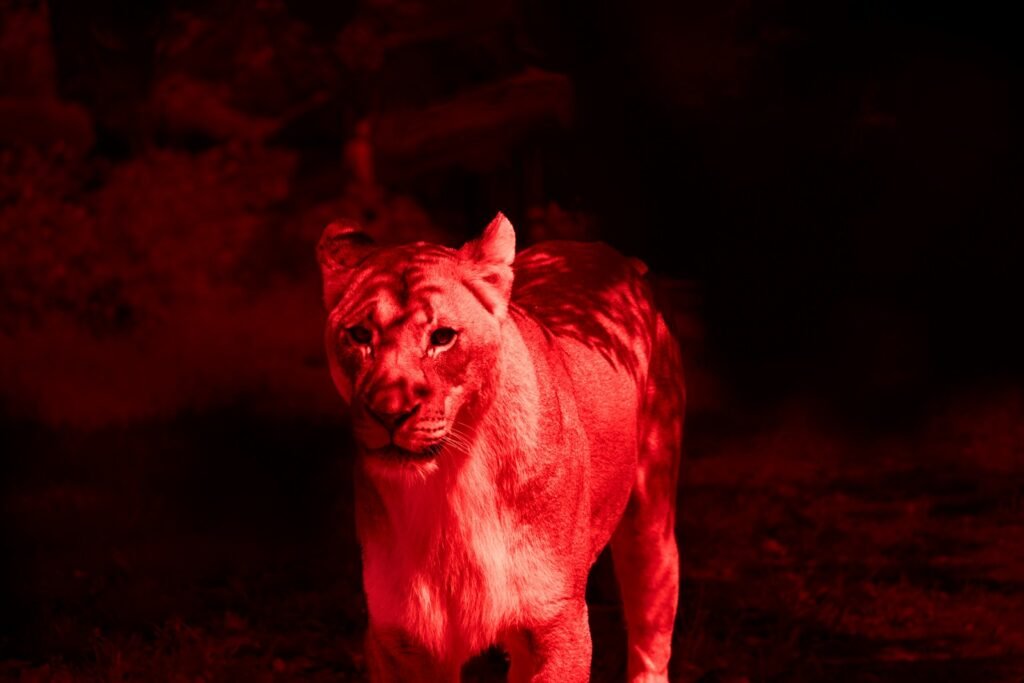The eastern hellbender — North America’s largest salamander — is finally making a comeback in the clear, cold waters of West Virginia. Once thought to be slipping silently toward extinction, these slimy yet endearing amphibians are now reappearing thanks to an ambitious series of stream restoration projects. Conservationists, biologists, and local communities have joined forces to rebuild eroded riverbanks, remove pollutants, and restore the natural flow of mountain streams. Their collective efforts have begun to heal watersheds once choked by silt and runoff, offering the elusive “snot otter” — as locals affectionately call it — a fighting chance at survival.
The Hidden Clues
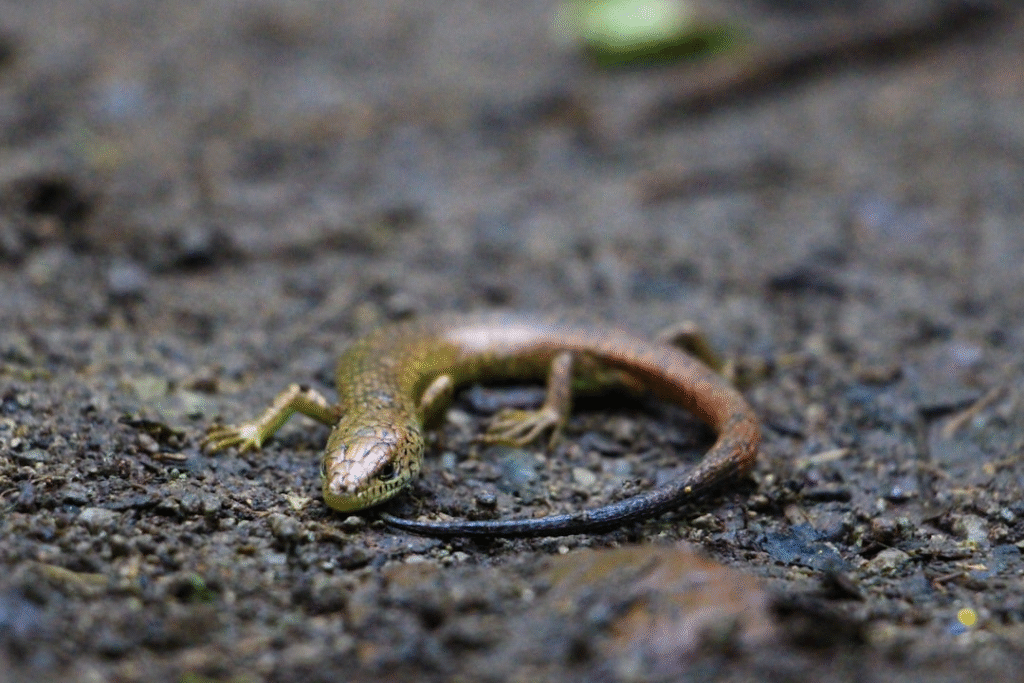
Finding a hellbender in the wild is like uncovering a secret from another era. These prehistoric-looking amphibians, which can grow over two feet long, have existed relatively unchanged for millions of years. Yet, their presence — or absence — tells scientists much about the health of freshwater ecosystems. Hellbenders are what biologists call “bioindicators”: species so sensitive to environmental change that their decline signals deeper ecological distress.
In the 1990s, surveys revealed that hellbender populations across Appalachia were plummeting. Pollution, sedimentation, and habitat destruction had buried the flat rocks they rely on for shelter and breeding. “When hellbenders disappear, it’s not just a salamander problem — it’s a river problem,” says Dr. Emily Diehl, a freshwater ecologist at West Virginia University. “They’re the canaries of our creeks.”
Recent monitoring, however, shows hope. In several restored West Virginia streams, biologists have spotted juveniles — a crucial sign that hellbenders are not just surviving, but reproducing again.
Healing the Streams
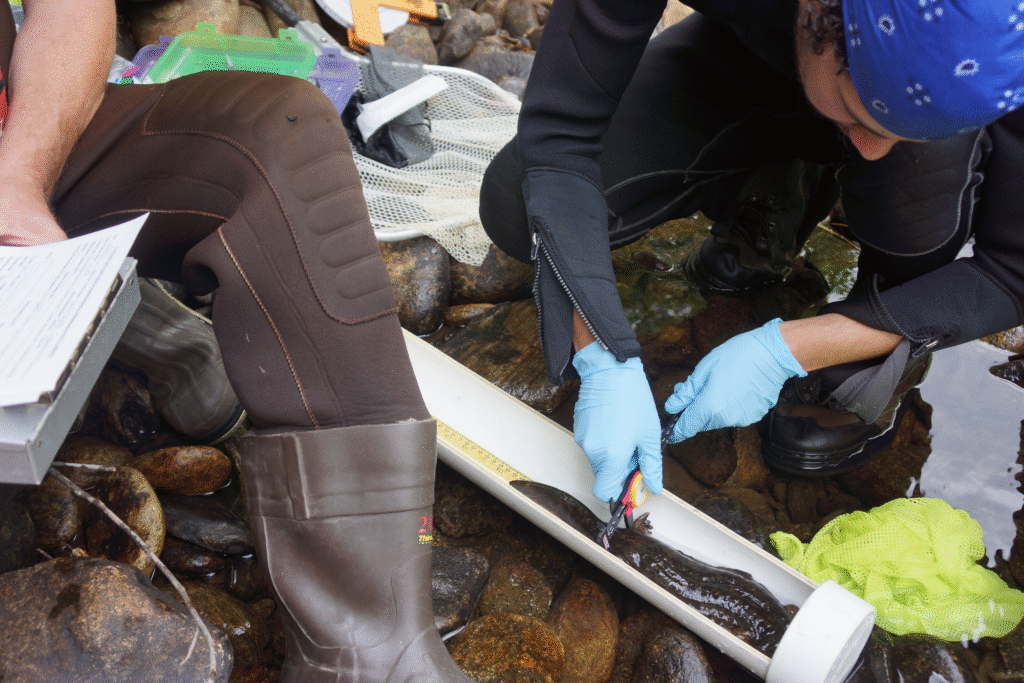
The restoration success didn’t happen overnight. It began with simple yet science-driven changes to stream design. Environmental engineers and local volunteers worked to reintroduce natural bends and riffles — structures that slow water flow and reduce erosion. In many sites, artificial shelters made from concrete slabs or large rocks were placed strategically to mimic natural cover.
These structures do more than just provide hiding spots. They stabilize sediment, improve oxygen flow, and recreate the complex microhabitats hellbenders need. The restoration efforts also targeted upstream land management — limiting livestock access to creeks, replanting trees along banks, and reducing fertilizer runoff from nearby farms.
The results have been striking:
- Over 50 miles of stream habitat restored since 2018
- Sediment runoff reduced by nearly 60% in key watersheds
- A measurable rise in oxygen levels and macroinvertebrate diversity
Each metric tells a story of resilience — not only of the salamanders but of the rivers themselves.
Ancient Survivors in Modern Trouble

Hellbenders have survived ice ages, predators, and countless environmental shifts, but modern threats have pushed them to the edge. Dams fragment their habitat, silt covers spawning rocks, and rising water temperatures — driven by climate change — reduce oxygen levels in the streams they depend on.
Despite their intimidating appearance, these creatures are gentle, nocturnal, and highly specialized. They absorb oxygen directly through their wrinkled skin, which makes clean, fast-moving water essential for their survival. Without it, they suffocate.
Unlike fish, hellbenders are poor dispersers; if one stream becomes unsuitable, they can’t simply move to another. This vulnerability makes restoration a race against time. Each successful project, therefore, becomes a small miracle — a step toward reclaiming a lost balance between land, water, and wildlife.
Science Beneath the Surface
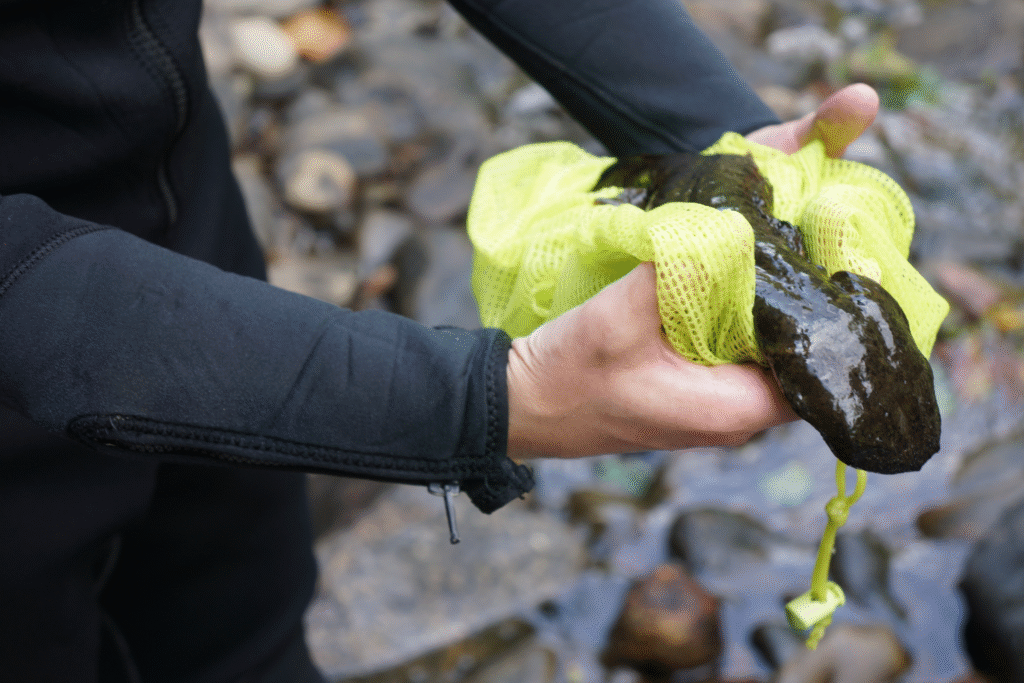
Behind the restoration success lies a fusion of fieldwork and innovative research. Scientists have been tagging and tracking hellbenders using non-invasive PIT (Passive Integrated Transponder) tags, allowing them to monitor movement and growth without harming the animals. Drones and GIS mapping tools help identify erosion hotspots and guide restoration priorities.
In one West Virginia study, environmental DNA (eDNA) — genetic material shed into the water — was used to detect hellbender presence without ever seeing them. This groundbreaking approach not only confirmed their return in restored areas but also helped locate potential breeding grounds.
Such methods demonstrate how modern conservation blends ancient life with futuristic technology. As one biologist put it, “We’re using 21st-century tools to save a species that’s been here since the dinosaurs.”
Why It Matters
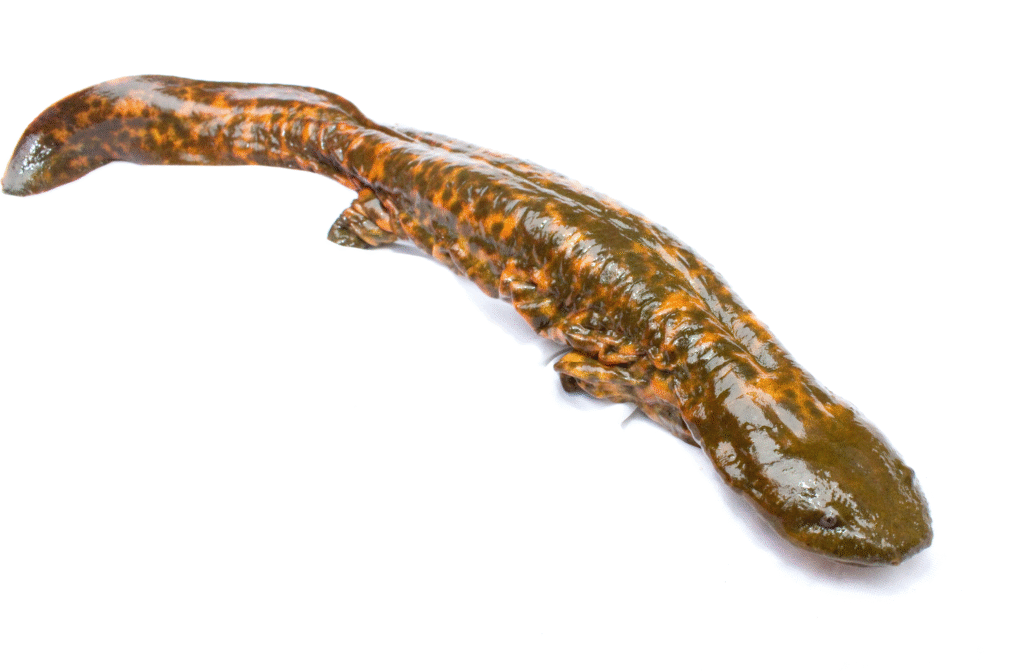
Saving the hellbender is about far more than rescuing one species — it’s about protecting entire freshwater systems that sustain both wildlife and human life. Healthy streams filter pollutants, reduce flooding, and support recreational fishing industries vital to rural economies.
Moreover, hellbenders represent a biological link to Earth’s evolutionary past. Losing them would mean erasing a living connection to a time when giant amphibians ruled the rivers. Their conservation is also symbolic: a rare environmental success story that proves restoration, when done right, works.
West Virginia’s projects are now being studied as national models for amphibian recovery. Other states, including Pennsylvania and Tennessee, are replicating similar strategies in their own watersheds.
The Ripple Effect of Restoration
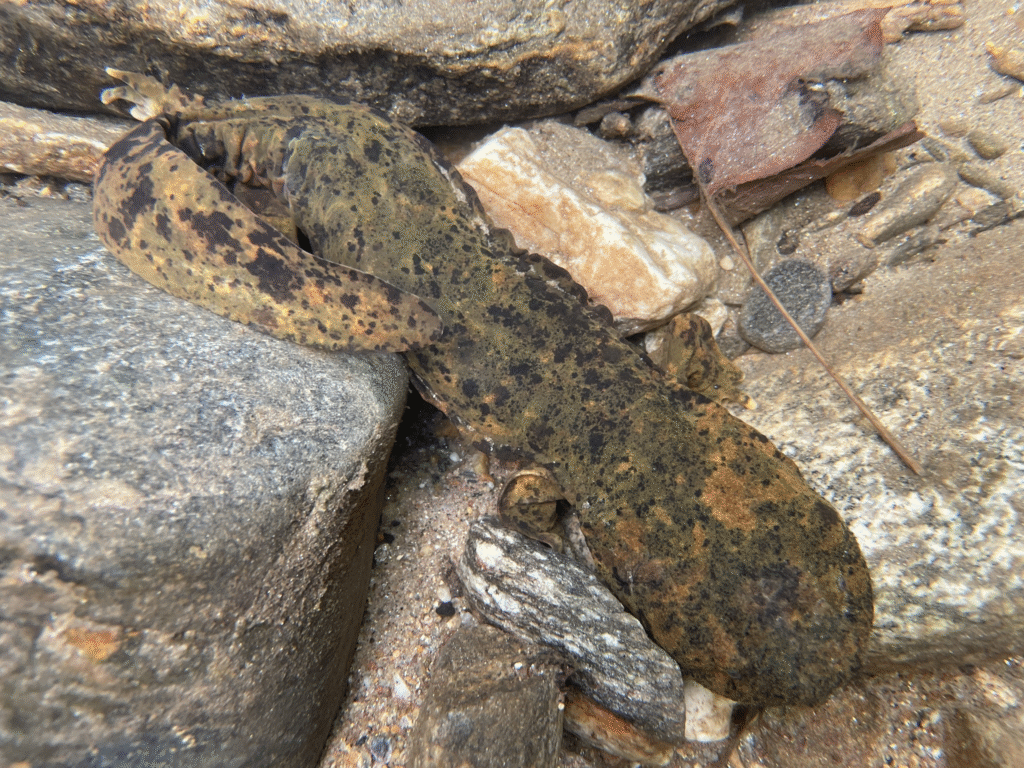
The success of hellbender recovery has rippled beyond science. Local schools have begun incorporating salamander conservation into their environmental curricula. Landowners who once viewed creeks as obstacles now see them as assets worth protecting. Even anglers — once wary of the “slimy rocks” — have become advocates, reporting sightings and joining clean-up drives.
Community engagement has been key. “You can’t restore a stream in isolation,” says Jeff Skousen, a restoration specialist involved in the Monongahela watershed project. “You have to restore the relationship between people and the river.”
By merging ecological science with public participation, West Virginia’s hellbender program has become a model of grassroots conservation.
The Future Landscape

While the progress is inspiring, the journey is far from over. Climate models predict that by 2050, Appalachian streams could warm by up to 3°C, a dangerous shift for oxygen-dependent species like hellbenders. Continued habitat fragmentation, invasive species, and pollution remain constant threats.
Future conservation will rely heavily on innovation:
- Cold-water refuges: Artificially shaded zones or spring-fed sanctuaries to combat rising temperatures
- Expanded eDNA monitoring: For faster detection and mapping of hellbender populations
- Cross-state collaborations: Sharing genetic data to strengthen breeding programs and reintroductions
If these strategies succeed, the hellbender’s comeback could stand as one of America’s greatest freshwater recovery stories.
How You Can Help
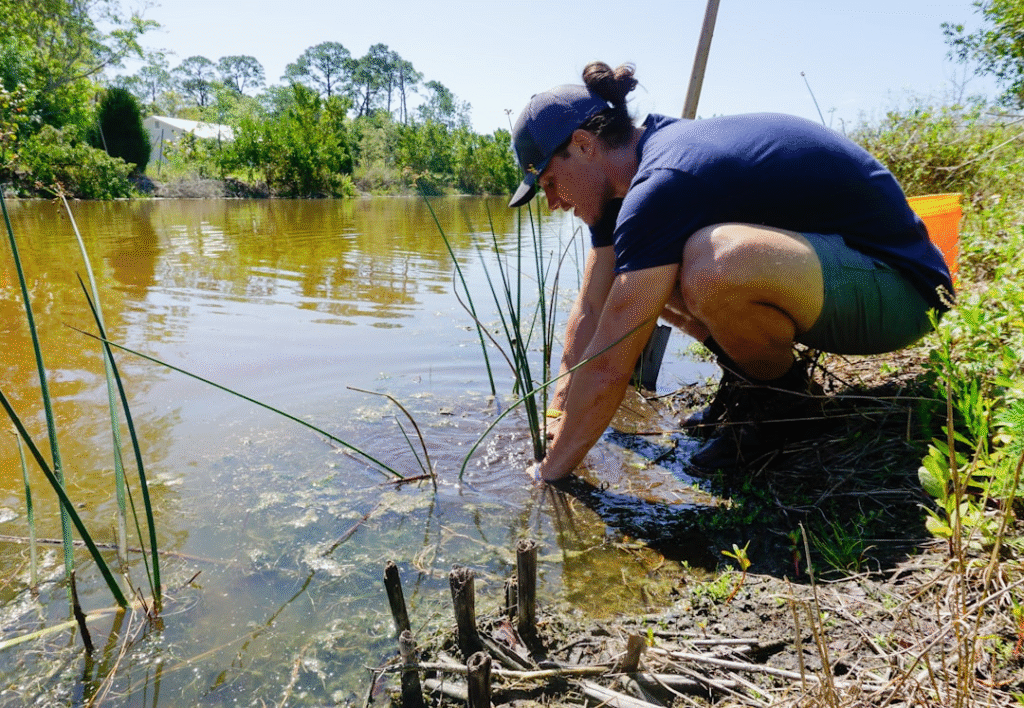
Even small actions can make a big difference for the hellbender and its habitat:
- Keep waterways clean: Avoid dumping waste or using fertilizers near creeks and rivers.
- Support local conservation groups: Organizations like The West Virginia Rivers Coalition and The Wild Yam Project lead crucial restoration work.
- Spread awareness: Share stories of freshwater conservation and encourage citizen science participation.
Every clean stream, every informed citizen, and every hellbender sighting adds to a larger story — one of renewal, respect, and the enduring resilience of nature.

Suhail Ahmed is a passionate digital professional and nature enthusiast with over 8 years of experience in content strategy, SEO, web development, and digital operations. Alongside his freelance journey, Suhail actively contributes to nature and wildlife platforms like Discover Wildlife, where he channels his curiosity for the planet into engaging, educational storytelling.
With a strong background in managing digital ecosystems — from ecommerce stores and WordPress websites to social media and automation — Suhail merges technical precision with creative insight. His content reflects a rare balance: SEO-friendly yet deeply human, data-informed yet emotionally resonant.
Driven by a love for discovery and storytelling, Suhail believes in using digital platforms to amplify causes that matter — especially those protecting Earth’s biodiversity and inspiring sustainable living. Whether he’s managing online projects or crafting wildlife content, his goal remains the same: to inform, inspire, and leave a positive digital footprint.




